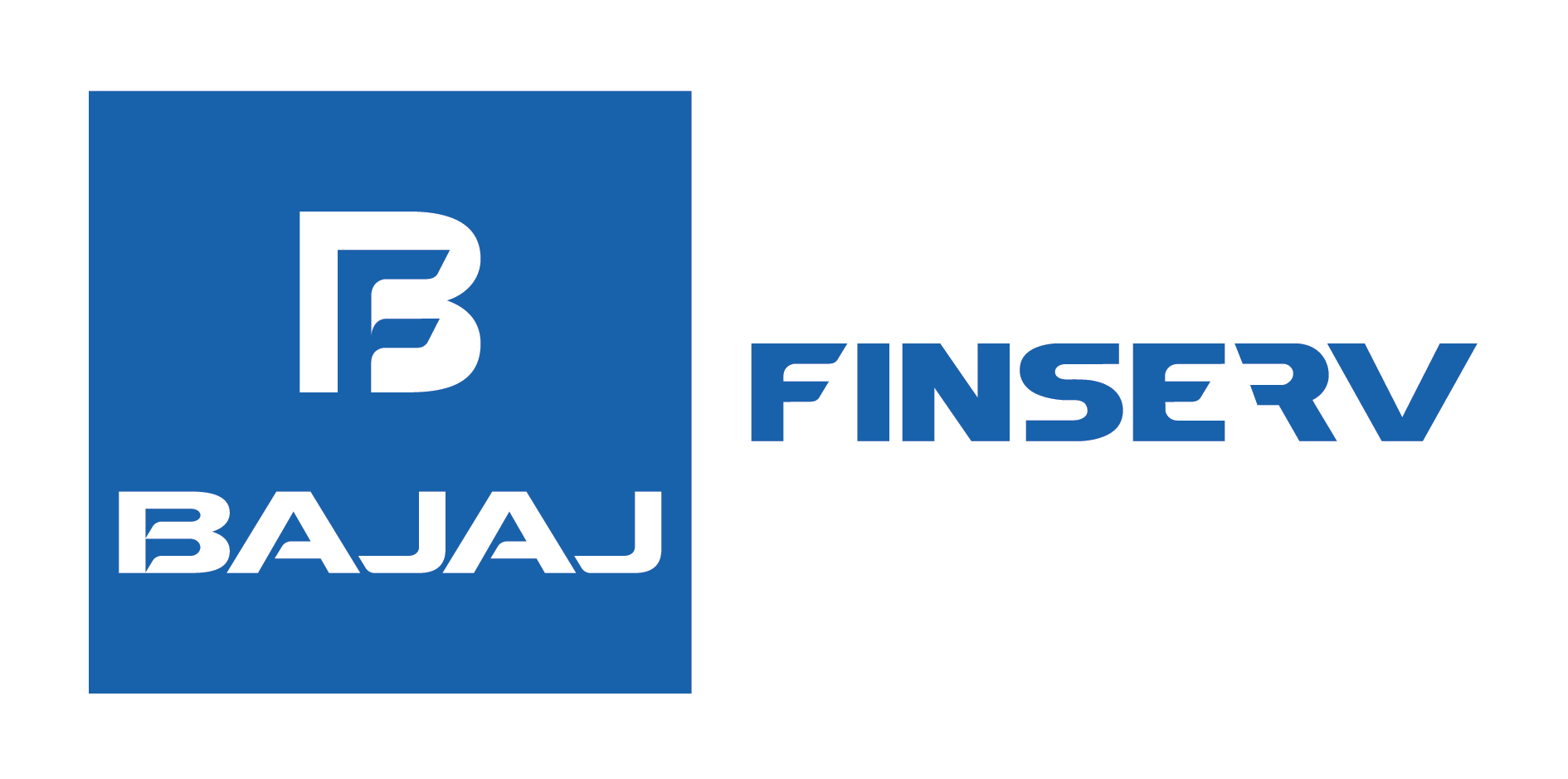Last Updated on December 11, 2023 by BFSLTeam BFSLTeam

Nifty IT, often known as the Nifty IT index, is an Indian sectoral stock market index that analyses the performance of information technology (IT) businesses listed on the National Stock Exchange (NSE). It is a subset of the Nifty 50 index, which includes the top 50 firms from various industries. Nifty IT specifically focuses on the IT sector, comprising companies engaged in software development, hardware manufacturing, IT services, and related industries. This index plays a crucial role in gauging the health and performance of the IT sector in the Indian stock market. Given the significance of the IT industry in India, with many multinational and homegrown tech giants, Nifty IT is closely monitored by investors and analysts for insights into the sector’s growth and trends. It provides a valuable benchmark for investors looking to understand the dynamics of the Indian IT industry and make informed investment decisions in this sector.
Additional Read: Nifty Overview
Selection criteria of Nifty IT
The selection criteria for the Nifty IT index are established by the Index Maintenance Sub-Committee of the National Stock Exchange (NSE) and are designed to ensure that the index accurately reflects the performance of the Indian IT sector. The key criteria for inclusion in the Nifty IT index typically include:
- Eligibility: Companies must be listed on the National Stock Exchange (NSE) and meet the exchange’s eligibility norms.
- Sector Classification: Companies must primarily operate within the information technology sector, which includes software development, hardware manufacturing, IT services, and related industries.
- Liquidity: To ensure adequate trading volumes, a minimum level of liquidity is required for inclusion in the index. This ensures that the stocks are actively traded.
- Market Capitalization: The companies considered for the Nifty IT index should have a significant market capitalisation, indicating their size and importance within the sector.
- Free Float Market Capitalization: The free float market capitalization is considered, which takes into account only the shares available for trading by the public, excluding promoter or closely held shares.
- Trading Frequency: The stock should have a minimum trading frequency over a specified period to ensure that it remains actively traded and does not have extended periods of illiquidity.
- Representation: The selection committee aims to include a representative sample of companies from the IT sector to provide a balanced view of the industry’s performance.
The Nifty IT index is periodically reviewed, and companies may be added or removed based on these criteria, ensuring that it accurately represents the sector’s dynamics and evolving landscape.
Additional Read: Nifty Smallcap 50
Characteristics of Nifty IT
The Nifty IT index, which represents the performance of the information technology sector in the Indian stock market, exhibits several key characteristics:
- Sectoral Focus: Nifty IT is a sector-specific index, concentrating on companies engaged in various aspects of the information technology industry. This focused approach allows investors to gauge the performance and trends within the IT sector.
- Diverse Components: The index includes a diverse range of companies, encompassing software developers, hardware manufacturers, IT service providers, and related technology firms. This diversity reflects the broad spectrum of activities within the IT sector in India.
- Liquidity and Market Capitalization: Constituent companies are typically chosen based on their market capitalization and liquidity to ensure they are actively traded and representative of the sector’s significance.
- Benchmarking Tool: Nifty IT serves as a benchmark for investors and analysts, offering insights into the performance of the Indian IT industry. It helps in comparing the returns of IT stocks with the broader market or other sectors.
- Weighted Index: Like the broader Nifty 50 index, Nifty IT is a market-capitalization-weighted index, meaning that larger companies have a more significant impact on their performance. This reflects the relative size and importance of these companies within the sector.
- Regular Review: The index is periodically reviewed to ensure that it accurately represents the sector. Companies may be added or removed based on their adherence to the selection criteria and the evolving dynamics of the IT industry.
- Correlation with Global Trends: The performance of Nifty IT is often influenced by global IT industry trends and international factors, as many of the companies listed in the index have a significant global presence.
- Investor Sentiment: Nifty IT can be sensitive to changes in investor sentiment, particularly in response to factors like technological innovations, demand for IT services, and geopolitical events that affect the sector.
Overall, Nifty IT is a valuable tool for investors and analysts seeking exposure to the Indian IT sector, allowing them to track the performance of key companies and gain insights into the industry’s health and trends.
Additional Read: Nifty Auto Overview
Conclusion
In conclusion, the Nifty IT index plays a vital role in the Indian stock market, offering a comprehensive overview of the information technology sector. It serves as an invaluable benchmark, allowing investors to meticulously track the performance of a diverse array of IT companies, ranging from software developers to IT service providers. The index’s defining characteristics, including its unwavering sectoral focus, the inclusion of a wide spectrum of companies, and a systematic review process, establish it as a reliable indicator of the IT industry’s health and trends.
Nifty IT goes beyond being a mere financial metric; it serves as an indispensable tool for both seasoned investors and astute analysts. For investors, it provides essential insights to make informed investment decisions within the ever-evolving IT sector, where technological innovations and market dynamics change rapidly. Furthermore, Nifty IT provides an important way of comparing the sector’s performance to that of the larger market, allowing stakeholders to assess its resilience in the face of global economic variables and technical improvements. As the Indian IT sector remains a cornerstone of economic growth and innovation, Nifty IT remains an indispensable resource for stakeholders navigating the intricacies of the Indian IT landscape.
Disclaimer: Investments in the securities market are subject to market risk, read all related documents carefully before investing.
This content is for educational purposes only.For Research Disclaimers Click Here: https://bit.ly/3Tcsfuc



